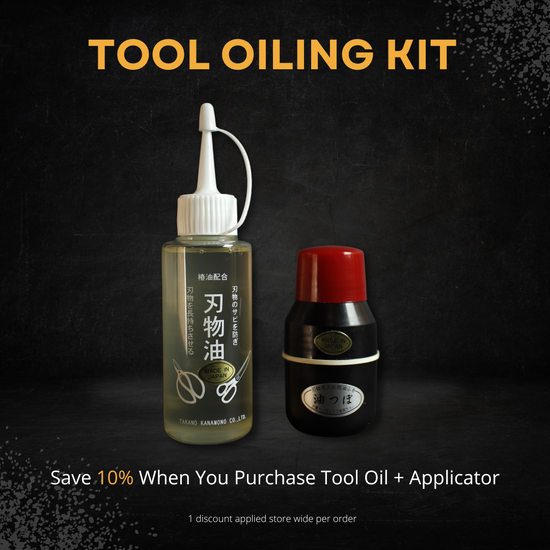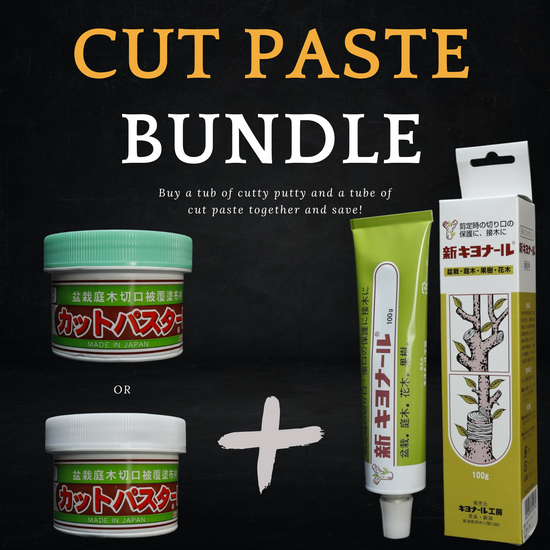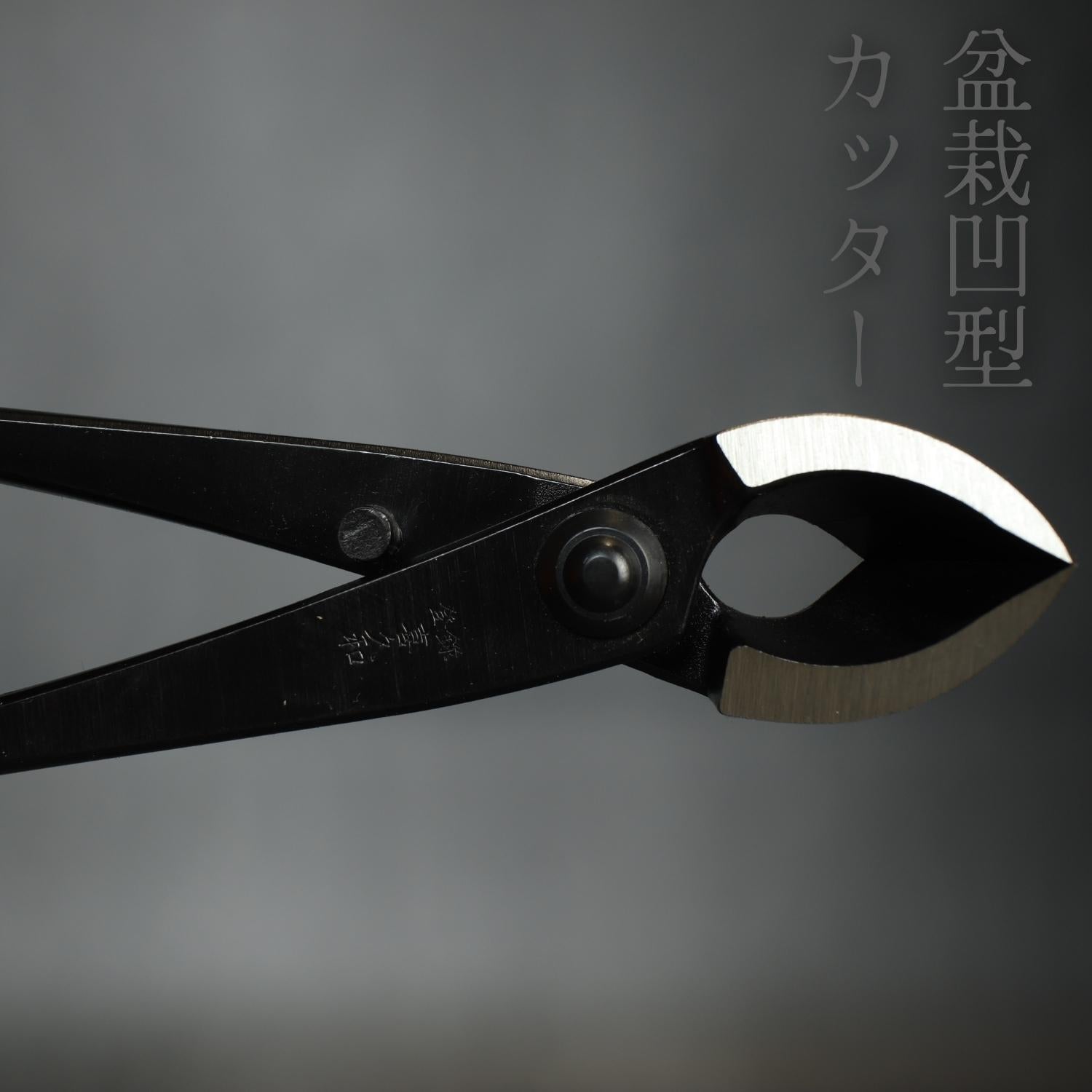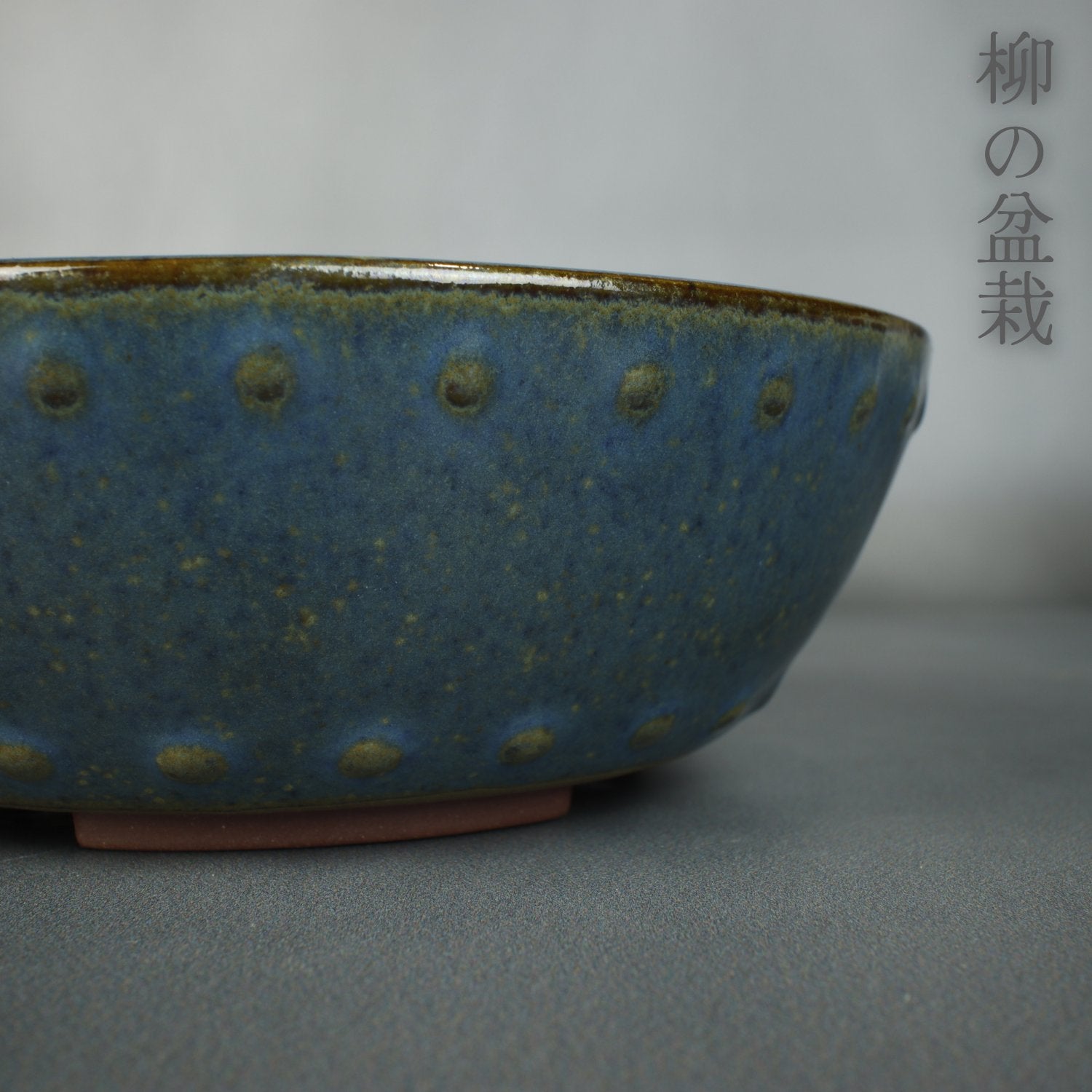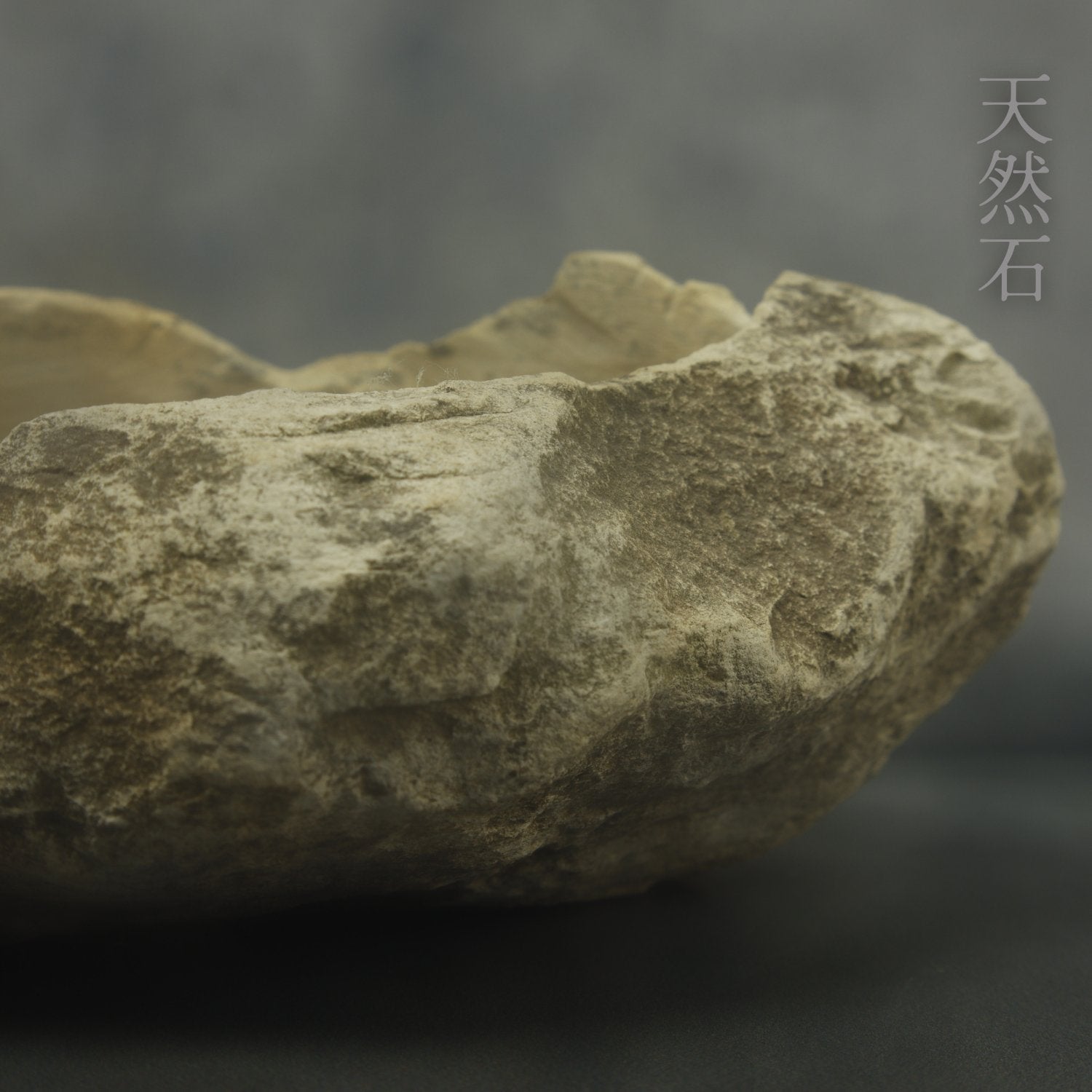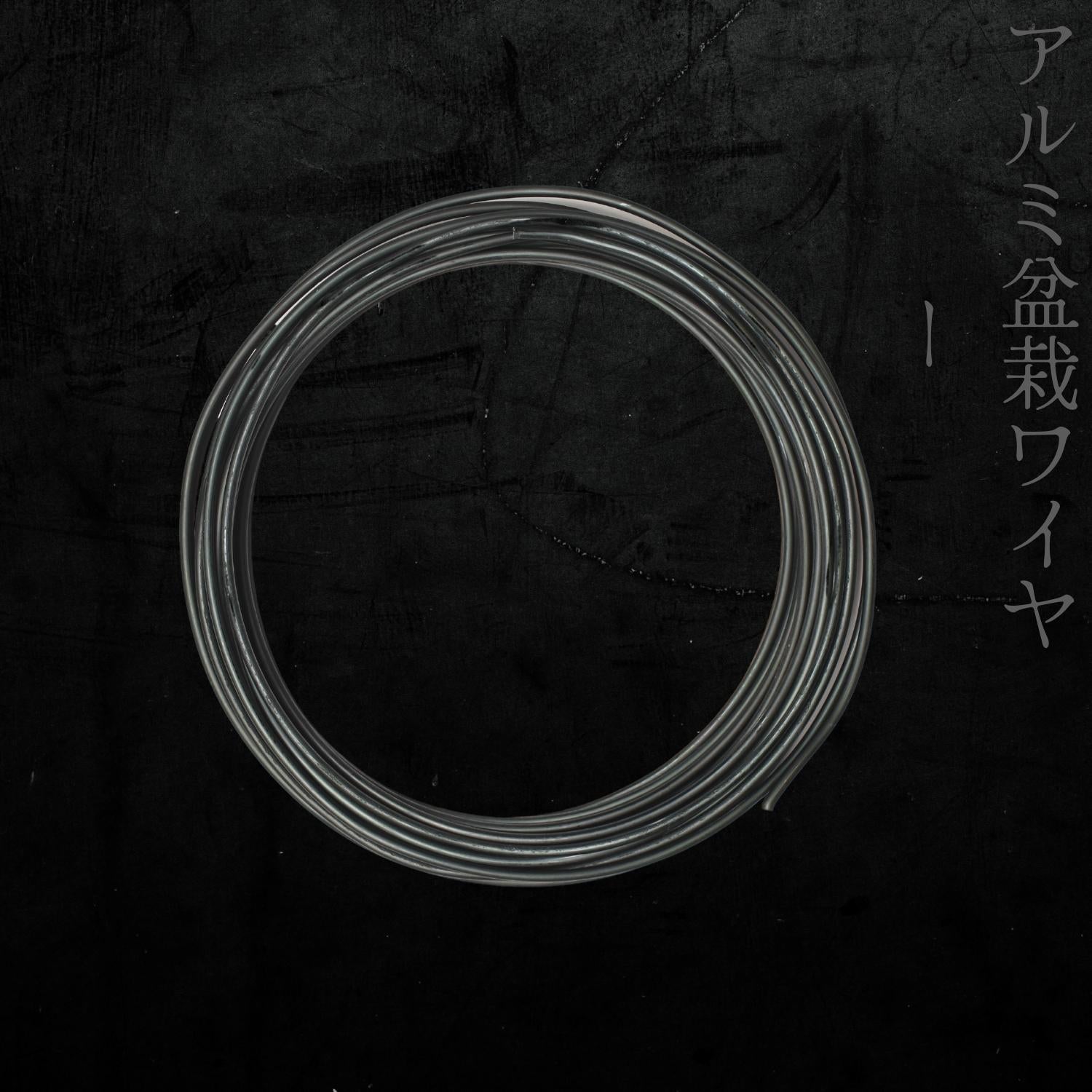

Acer Palmatum, also known as Japanese maple, is a species of woody plant native to Japan, North Korea, South Korea, and eastern China. It is known for its attractive foliage, which can range in color from green to orange, red, or purple, depending on the cultivar. The leaves are typically palmate, meaning they are shaped like a hand with fingers extending from a central point. Acer Palmatum grows as a small to medium-sized tree or shrub, reaching heights of up to 25 feet (7.6 meters). It is popular in landscaping and horticulture for its graceful form and colorful leaves, and it is often grown in Japanese gardens for its cultural significance.
Acer Palmatum, has been cultivated in Japan for centuries, and it is widely cultivated around the world as an ornamental plant. Acer Palmatum is popular in landscaping and horticulture for its graceful form and attractive foliage, and it is often used in Japanese gardens for its cultural significance. The plant can be grown in a variety of climates, but it prefers cool, temperate regions with moist, well-draining soil. It can be found in a range of habitats, including forests, woodlands, and mountain slopes. Acer Palmatum has been introduced to many other countries, and it can be found in gardens and landscapes around the world.
Acer Palmatum is a small to medium-sized tree or shrub that grows to a height of up to 25 feet (7.6 meters). It has a graceful, rounded form and a spreading canopy. The leaves are the most distinctive feature of Acer Palmatum, and they are typically palmate, meaning they are shaped like a hand with fingers extending from a central point. The size and shape of the leaves can vary among cultivars, but they are generally 3 to 8 inches (7.5 to 20 centimeters) in size. The color of the leaves also varies among cultivars, ranging from green to orange, red, or purple. Some cultivars have leaves that change color in the fall, turning shades of yellow, orange, or red. The plant also has small, yellow or red flowers that appear in spring, followed by winged seeds in the fall.
There is a wide range of variation among different Acer Palmatum cultivars, or cultivated varieties. This variation includes differences in size, shape, and color of the leaves, as well as differences in the plant's overall growth habit. Some cultivars are small, compact trees or shrubs, while others are larger and more spreading in form. The leaves of some cultivars are small and delicate, while others are larger and more bold in appearance. The color of the leaves also varies among cultivars, ranging from green to orange, red, or purple. Some cultivars have leaves that change color in the fall, turning shades of yellow, orange, or red. There are also cultivars with variegated leaves, which have patterns or splashes of different colors. In addition to these variations, there are also differences in the plant's hardiness, with some cultivars being better suited to certain climates than others.
Garden Planting
To plant Acer Palmatum, choose a location that gets partial to full sun and has well-draining soil. The plant prefers a moist, humus-rich soil, so it may be necessary to amend the soil with compost or other organic matter. It is also a good idea to add a slow-release fertilizer when planting. Water the plant regularly, especially during dry spells, and mulch around the base to help keep the soil moist and to suppress weeds. Pruning can be done to remove dead or damaged branches using bonsai shears, but it is generally not necessary for the health of the plant as a garden tree, Pruning is necessary as a bonsai. If pruning is desired, it is best to do so in the late winter or early spring before new growth begins. To keep the plant healthy, it is important to protect it from extreme temperatures, especially freezing temperatures, and to keep an eye out for pests or diseases. If pests or diseases are found, they can often be controlled with proper treatment and cultural practices.
Planting As Bonsai
Acer Palmatum should be potted into a bonsai pot late winter / early spring right as the buds begin to swell but before they fully open. If the leaves have fully opened post pone potting the tree up until the following spring. Acer Palmatum can handle some pretty aggressive root pruning which is why they fit nicely into shallow pots. Make sure that you are using a well draining soil as the low gravity column of the pot will have trouble draining with dense organic soil. Once you have potted the tree up keep it protected for 2 weeks from winds and high temperatures. Let the tree settle into its bonsai pot over the coming growing season. Once the tree has settled in you can begin to work the tree. You need to make sure through out the growing season you keep the tree well watered as it will have a minimal water supply in the bonsai pot and it moves water fast in the active growing season. It is best to keep Japanese maple bonsai in a partial shade area or under a shade cloth during the hottest months of the year. You can fertilize with a low nitrogen fertilizer after the first flush of growth hardens of in spring to avoid long internodes.
You can read our full guide on Japanese Maple Care For Bonsai Here
Leaf scorch: This is a common problem that is caused by drought, improper watering, or exposure to direct sunlight during the hottest months. To prevent leaf scorch, make sure to water your tree regularly, especially during dry periods, and protect it from direct sunlight after morning in the hottest months of the year.
Aphids: These small insects can cause damage to the leaves of Japanese maple trees by sucking out their sap. To control aphids, you can use a strong jet of water to knock them off the tree, or use an insecticidal soap.
Verticillium wilt: This is a fungal disease that can cause the leaves of Japanese maple trees to yellow and wilt. There is no cure for this disease, but you can try to prevent it by planting Japanese maples in well-draining soil and avoiding overhead watering.
Pests: Japanese maples can also be prone to pests such as caterpillars, mites, and scale insects. To control these pests, you can use an appropriate insecticide or try using natural predators such as ladybugs or lacewings.
Pruning: Proper pruning is important for maintaining the shape and health of Japanese maple trees. Make sure to prune during the dormant season, and avoid removing more than 25% of the tree's canopy in a single year.
As you can see Japanese Maple makes both the perfect addition to your Japanese Garden and your Bonsai Collection. Learning the correct care techniques will give you great spring growth and also great autumn colours.
Savings opportunities
Shop Tools And Accessories
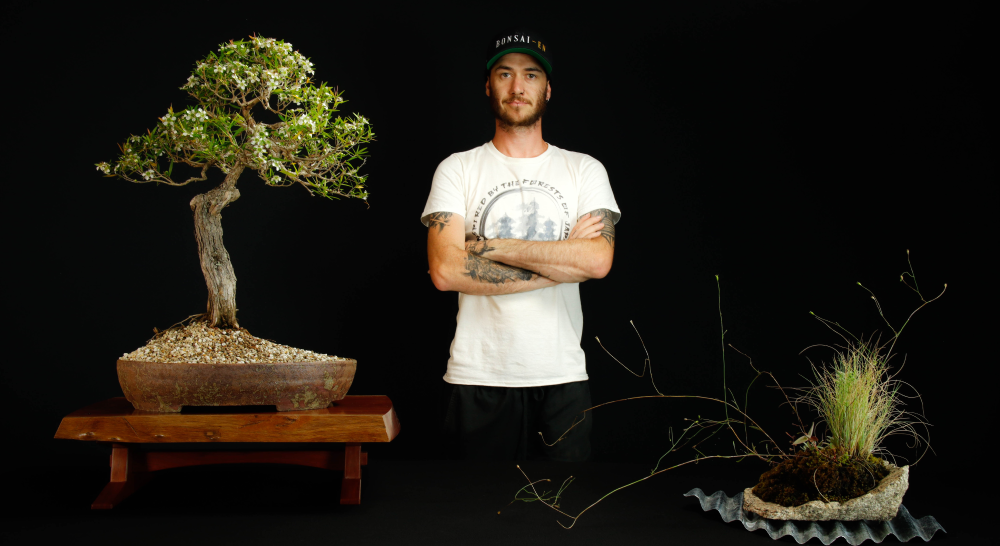
Author : Joshua Hooson
Joshua Hooson is an author and enthusiast of the art of bonsai. He has built his knowledge and understanding of bonsai through a combination of self-experience, lessons learned through hands-on practice, and extensive research. His articles reflect his passion for the subject and offer insights gained through his own personal journey in the world of bonsai. All the information provided in his works is a result of his own experiences and the knowledge he has gained through his studies. He is dedicated to sharing his love of bonsai and helping others grow in their understanding and appreciation of this ancient and beautiful art form.



